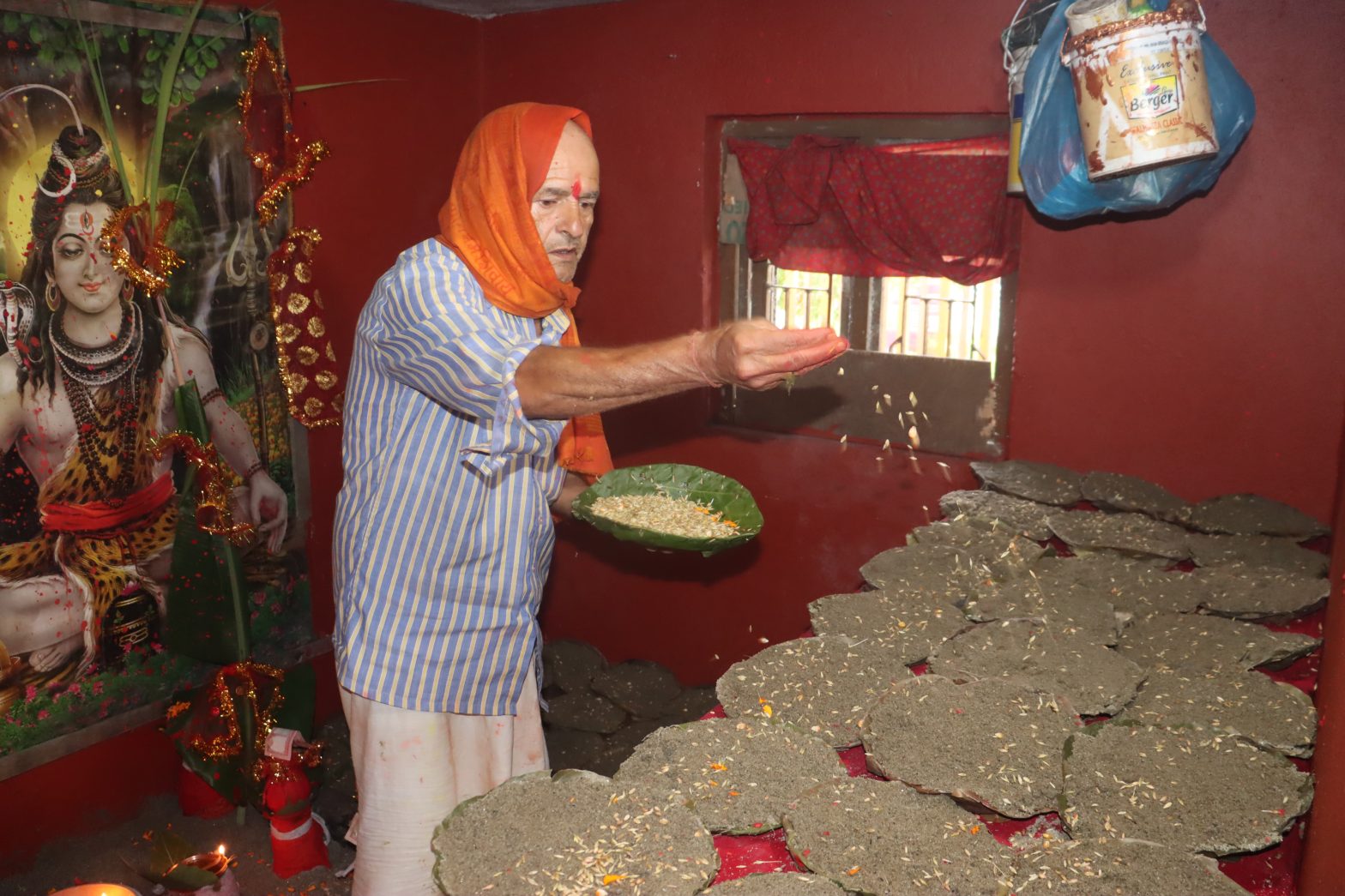Kathmandu: Nepal’s biggest Hindu festival, Bada Dashain, began today with the observance of Ghatasthapana, marking the start of the nine-night Navaratri celebrations.
The Nepal Calendar Determination Committee set 9:13 a.m. as the auspicious time for the ritual. Devotees across the country worshipped Goddess Shailaputri and sowed maize and barley seeds in soil and cow dung to grow jamara (barley shoots), a central symbol of Dashain. Priests also offered prayers to Goddess Durga, invoking her nine manifestations.
At Hanumandhoka Dashain Ghar in Kathmandu and the historic Gorakhkali temple in Gorkha, priests led the main jamara-sowing ceremonies. Tradition dictates that households plant their own jamara only after these central rituals are completed. Similar ceremonies were also performed at Gorkha’s Manakamana temple and other major shrines. The jamara, along with tika, will be used on the tenth day to bless younger family members with peace and prosperity.
On the occasion of Ghatasthapana, large crowds flocked to temples nationwide to offer prayers. In Kathmandu, devotees thronged Bhadrakali, Guheshwari, and Maitidevi temples, while Dakshinkali, Palanchok Bhagawati, Manakamana, and other prominent shrines across Saptari, Nuwakot, Doti, Baglung, Dharan, Dadeldhura, Bhojpur, Banke, and Taplejung also witnessed heavy footfall.
The Calendar Committee has also fixed 11:53 a.m. on October 2 (Asoj 16) as the most auspicious time for receiving tika.
